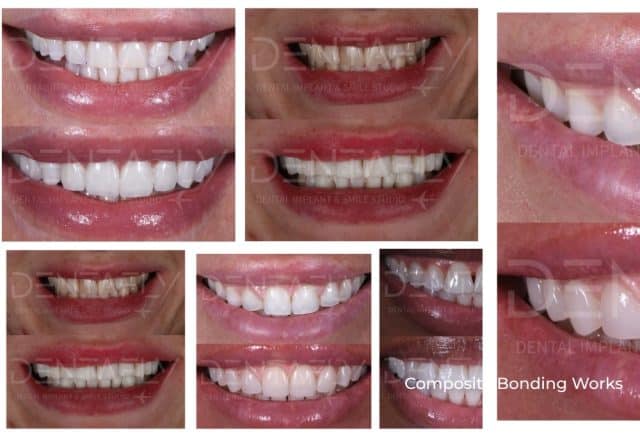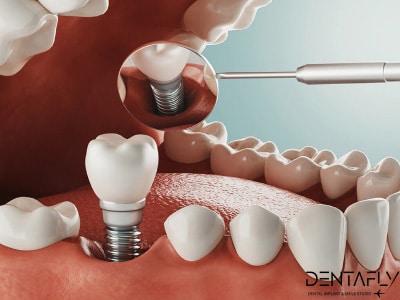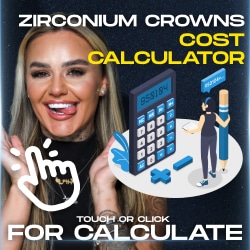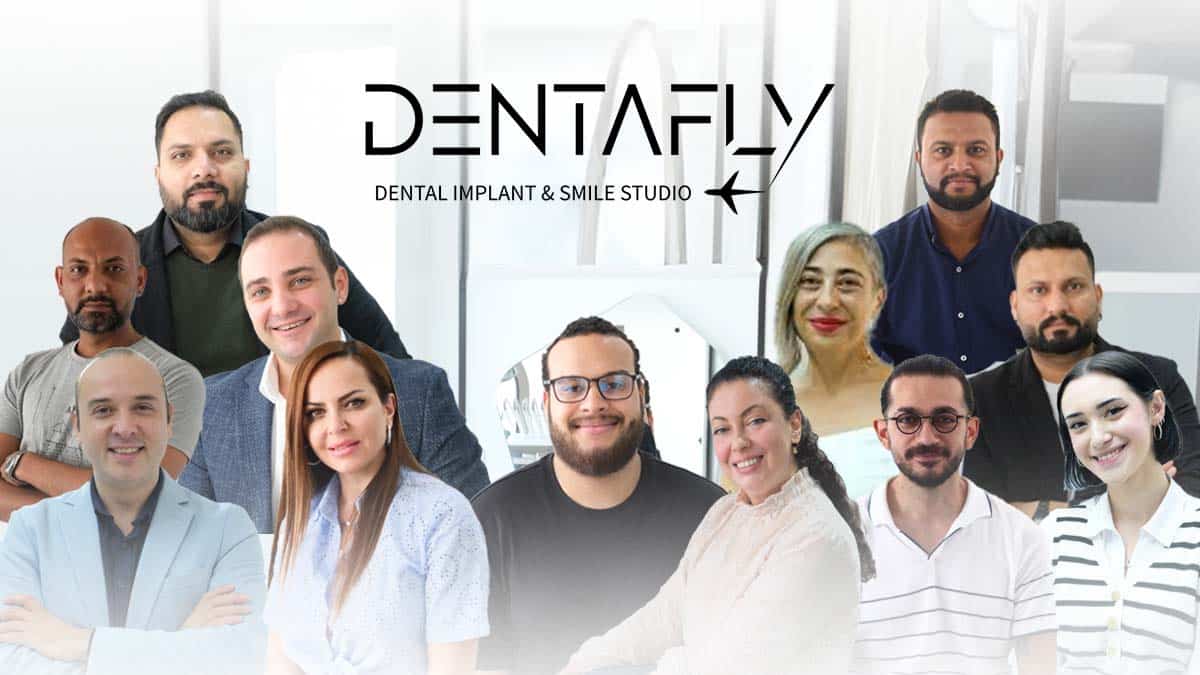What is Composite Bonding?
Composite bonding is a procedure where tooth-colored resin (a durable plastic material) is used to reshape or improve the appearance of teeth.
While composite bonding is durable, it may not be as long-lasting as other cosmetic options like veneers. It can also be susceptible to staining over time, especially with things like coloured foods or unnatural foods.

What are the procedures of Composite Bonding in Turkey?
- Versatility: Bonding can fix a variety of cosmetic issues, making it a great solution for many people.
- Affordability: It’s typically less expensive than other cosmetic dental procedures like veneers.
- Non-invasive: Preserves most of your natural tooth structure.
- Fast Results: A transformed smile in a single appointment in most cases.
1. Consultation & Shade Selection:
- Discussion: You’ll discuss your goals and expectations with your dentist. They’ll examine your teeth and determine if composite bonding is the right solution for you.
- Color Matching: The dentist uses a shade guide to carefully select a composite resin that perfectly matches your natural tooth color.
- Gentle Etching: The surface of your tooth is slightly roughened with a mild etching solution. This creates tiny crevices, helping the bonding material adhere securely.
- Conditioning Liquid: A conditioning liquid is applied, further preparing the tooth surface for bonding.
- Resin Application: The putty-like composite resin is applied to the tooth in layers.
- Artistic Shaping: Your dentist meticulously molds and shapes the resin to achieve the desired form, whether it’s filling a gap, lengthening a tooth, or masking a chip.
- Hardening with Light: Using a special curing light, the dentist hardens each layer of resin, making it rock-solid and durable.
- Final Shaping: Any last adjustments in shape or contour are made. This ensures the bonding looks natural and bites comfortably.
- Polishing: The bonded area is polished to a smooth finish, blending flawlessly with your natural tooth enamel.

Why should I have composite bonding done in Turkey?
The biggest draw of getting composite bonding in Turkey is the affordability. Dental treatments there are often a fraction of the price you’d pay in countries like the UK, US, or Canada. Even with travel and accommodation costs, you can still save a considerable amount.

Turkey has a well-developed dental tourism industry. Many clinics offer modern facilities, skilled dentists, and high-quality materials on par with international standards.

Turkish clinics frequently offer package deals for dental treatments that include composite bonding. These packages can cover your accommodation, airport transfers, and even some sightseeing, making your trip hassle-free.

Turkey is a beautiful and diverse country with a rich history, stunning landscapes, and a vibrant culture. You can turn your dental treatment into a memorable vacation.

It’s absolutely essential to choose a reputable clinic and dentist. Look for verified reviews, before-and-after photos, and information about the dentist’s qualifications and experience.

Composite bonding is a great solution for minor cosmetic improvements but may not be suitable for major structural changes. Have a clear discussion with your dentist about what can be realistically achieved.

Who might benefit the most from composite bonding in Turkey:
- Cost-conscious individuals: If budget is your primary concern, Dentafly branches inTurkey can be an excellent option for affordable cosmetic dentistry.
- People with minor imperfections: Composite bonding is ideal for fixing chips, gaps, discoloration, or slight misalignments.
- Those open to travel: If you’re adventurous and enjoy exploring new places, combining your dental treatment with a Turkish vacation could be appealing.

Composite Bonding in Antalya vs. Composite Bonding in Istanbul
Choosing between Antalya and Istanbul for composite bonding depends on your priorities and preferences. Here’s a comparison to help you decide:
Antalya
- Resort Atmosphere: Antalya is a major tourist destination known for its stunning beaches, all-inclusive resorts, and a relaxed vacation vibe.
- Competitive Pricing: Dental clinics in Antalya offer competitive pricing due to the high volume of tourism in the area.
- Combined Vacation: If you’re looking to truly mix your dental treatment with a relaxing beach holiday, Antalya could be the ideal choice.
Istanbul
- Metropolitan City: Istanbul is a bustling, cosmopolitan city steeped in history and culture, offering a unique urban experience.
- Wide Clinic Selection: Istanbul boasts a larger selection of dental clinics, potentially giving you more options to research and choose from.
- Cultural Exploration: If you’re interested in historical sites, vibrant markets, and diverse cuisine, Istanbul offers a richer cultural immersion.
Factors to Consider:
- Cost: While both Istanbul and Antalya offer affordable dental care compared to Western countries, there might be slight variations in pricing. Get quotes from clinics in both cities for comparison.
- Dental Reputation: Research specific clinics in both Antalya and Istanbul. Look for their experience in composite bonding, patient reviews, and before-and-after photos. Don’t base your decision solely on location.
- Your Preferences: Do you envision a relaxing beachside dental experience or a treatment combined with exploring a vibrant city?
Additional Tips:
- Package Deals: Many clinics in both cities offer package deals to make your trip more convenient and potentially save you money. Compare what’s included.
- Communication: Ensure the clinic you choose has English-speaking staff, regardless of whether you choose Istanbul or Antalya.
- Logistics: Factor in flight availability and travel times to each city from your home country.
Ultimately, the best location depends on your individual needs and priorities. Don’t hesitate to ask for recommendations or further information on clinics in either Antalya or Istanbul for Dentafly Sales Assistants with Whatsapp or Contact Forms in website.
| Feature | Dental Implants | Dentures/Bridges |
|---|---|---|
| Placement | Surgically inserted into the jawbone | Rested on gums or anchored to surrounding teeth |
| Stability | Highly stable and integrated with the jawbone | Can become loose or shift over time |
| Comfort | Feel and function like natural teeth | May cause discomfort or irritation of gums |
| Appearance | Most natural-looking option | Can appear bulky or unnatural |
| Speech | No impact on speech | May affect speech initially |
| Eating | No restrictions on normal diet | May limit certain foods to prevent slippage or damage |
| Oral health | Preserve bone health and stimulate surrounding tissues | Can lead to bone loss over time |
| Durability | Last for decades with proper care | Need to be replaced every 5-10 years |
| Cost | More expensive than dentures/bridges | More affordable initially |
| Procedure | Requires surgery and healing time | Non-surgical, immediate results |
| Maintenance | Regular brushing and flossing | Regular cleaning and potential adjustments |
| Suitability | Good for most patients with healthy jawbone | Not suitable for everyone, especially those with weak jawbone or medical conditions |
Procedure Comparison: Composite Bonding vs. Dental Veneers
Composite bonding and dental veneers are both popular cosmetic dentistry procedures that improve the appearance of your smile, but they differ significantly in several ways.
Composite bonding uses a tooth-colored resin material that is directly sculpted onto the tooth surface. The dentist meticulously shapes the resin to correct minor imperfections like chips, gaps, or discoloration. This process typically requires little to no removal of natural tooth structure and can often be completed in a single visit. Because the resin is bonded directly to the tooth, composite bonding is a reversible procedure. However, the resin material is more susceptible to staining over time compared to other options.
Dental veneers, on the other hand, involve the placement of thin, custom-made porcelain shells over the front surface of the teeth. This process requires the removal of a small amount of tooth enamel to ensure the veneers fit properly. Veneers are highly durable and stain-resistant, often lasting 10-15 years or longer with proper care. Their porcelain material creates a very natural-looking, bright smile. Due to the preparation needed and their custom fabrication, dental veneers are considered more invasive and tend to be a more expensive treatment option.
Ultimately, the choice between composite bonding and dental veneers depends on your individual needs and goals. If you have minor cosmetic concerns and are looking for a minimally invasive, budget-friendly solution, composite bonding could be a great choice. If you desire more dramatic smile changes, have significant discoloration, or prioritize maximum longevity, dental veneers might be the better fit. A consultation with your dentist is the best way to determine which treatment aligns best with your smile goals.
| Feature | Composite Bonding | Dental Veneers |
|---|---|---|
| Material | Tooth-colored composite resin | Thin porcelain shells |
| Invasiveness | Minimally invasive. Little to no tooth preparation. | More invasive. Requires removal of a thin layer of enamel. |
| Durability | Typically 5-7 years with good care. | Longer-lasting, often 10-15 years or more. |
| Stain Resistance | Can stain over time, especially with coffee, tea, or smoking. | Highly stain-resistant. |
| Reversibility | Reversible. Can be modified or removed. | Largely irreversible due to enamel removal. |
| Cost | Generally more affordable. | More expensive. |
| Time | Often completed in a single visit. | Usually requires two or more visits. |
Patient Stories for Composite Bonding in Dentafly Turkey
In Türkiye, composite bonding procedures are at least as popular as dental veneers. In dental veneer procedures, the shaving of teeth, even if only slightly, to prepare them for veneers, leads many patients and doctors to consider composite bonding. At Dentafly Dental Hospital, we pay special attention to patients seeking composite bonding. This is because composite material is not as metallurgically durable as veneers or zirconium teeth. Therefore, we inform patients that composite bonding treatment sometimes requires touch-ups and restorations every few years.
Many patients with orthodontically problematic jaw structures believe they can continue their lives with composite bonding. At Dentafly Dental Hospital, our dentists, who perform dental bonding procedures specifically, explain every stage and procedure in detail to ensure the best possible service. Here are the public comments from our patients treated at Dentafly Dental Hospital!
Do you want to check more composite bonding before and after photos? Visit our composite bonding gallery page!
Some of the most popular brands in Turkey include Straumann, Nobel Biocare, Alpha-Bio-Tec, and Zimmer Dental.
Endosteal implants are the most common type. It has the shape of a small screw, cylinder, or blade that is inserted into the jawbone to hold one or more prosthetic teeth. These are recommended to people who already have dentures or bridges.
The most expensive aspect of a dental implant is the crown. There are a number of different crowns that exist, such as all-ceramic crowns, porcelain-fused-to-metal crowns (PFM), and zirconia crowns. It is worth noting that all-ceramic crowns or zirconia crowns are generally more costly than PFM crowns for aesthetic reasons.
All-on-4 is an all-teeth procedure supported on four dental implants. The procedure is used for complete mouth rehabilitation in patients toothless or with severely damaged, decayed, or compromised teeth.
Ceramic and titanium dental implants are regarded as safe; however, titanium implants have a proven track record, and high biocompatibility makes them preferred.




